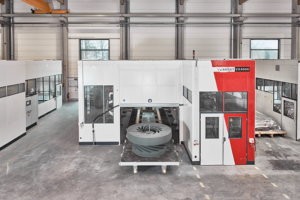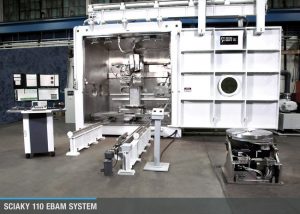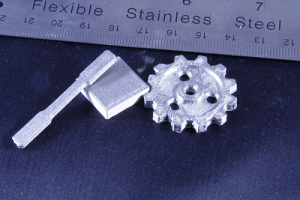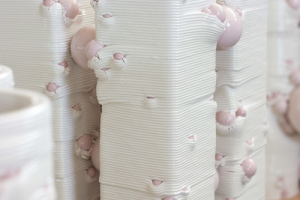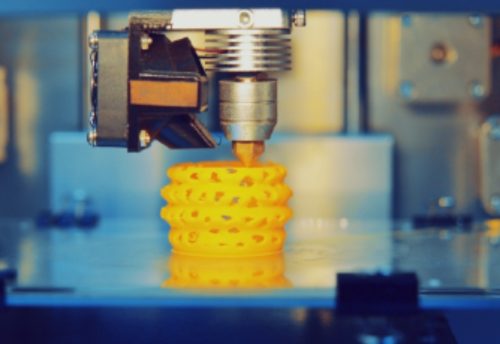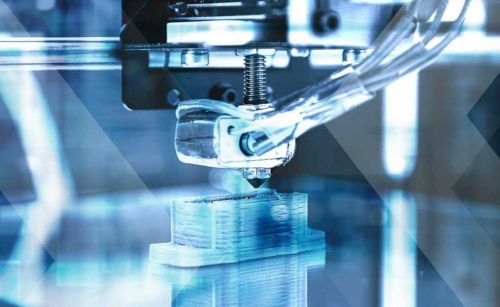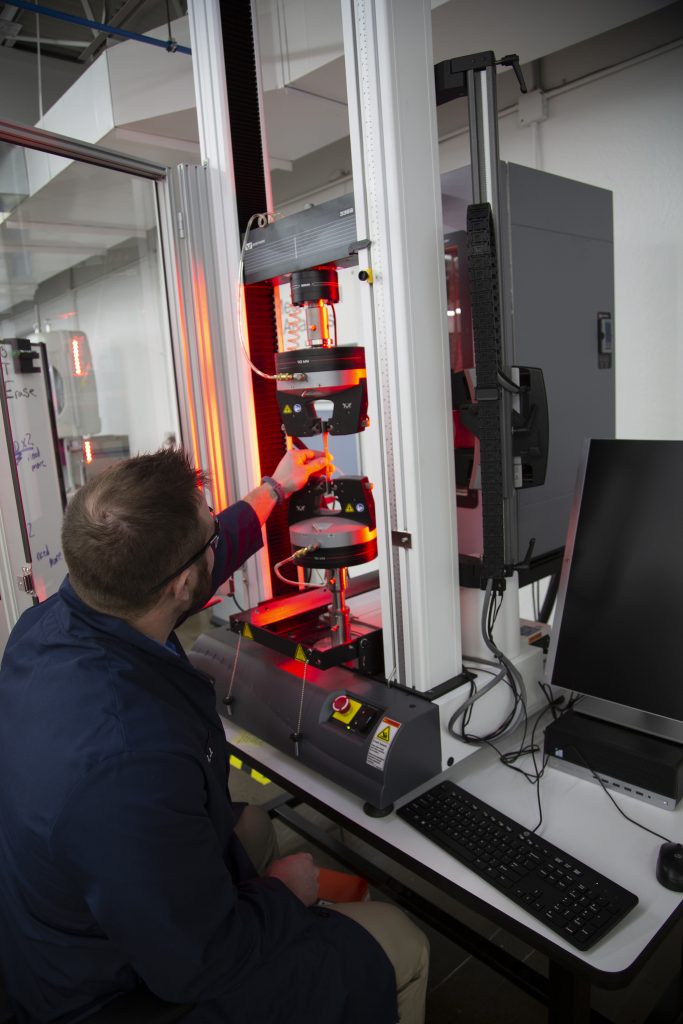We’re all business today in 3D Printing News Briefs – Nanofabrica has raised $4 million in funding, and voxeljet is expanding its presence in India. Elementum 3D has achieved an important industry certification. Finally, AMPOWER has released its 2020 report.
Nanofabrica Raises $4 Million in Funding
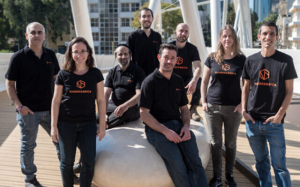 Tel Aviv startup Nanofabrica, which makes 3D printers for fabricating complex electronic and optical parts for semiconductors and medical devices, has raised $4 million in funding, and the round was led by Microsoft’s venture arm M12, which invests in enterprise software companies in Series A through C funding with a focus on infrastructure, applied AI, business applications, and security, and NextLeap Ventures, an investor group made of former Intel Corp employees. The startup says it will use the funding – it’s raised a total of $7 million so far – to expand its sales and continue its R&D work.
Tel Aviv startup Nanofabrica, which makes 3D printers for fabricating complex electronic and optical parts for semiconductors and medical devices, has raised $4 million in funding, and the round was led by Microsoft’s venture arm M12, which invests in enterprise software companies in Series A through C funding with a focus on infrastructure, applied AI, business applications, and security, and NextLeap Ventures, an investor group made of former Intel Corp employees. The startup says it will use the funding – it’s raised a total of $7 million so far – to expand its sales and continue its R&D work.
M12 partner Matthew Goldstein said, “Nanoscale, precision manufacturing is a growing need for R&D organizations, as well as production-scale manufacturing companies,” and that the technology allows for the “digital mass manufacturing of precision parts.”
voxeljet Grows Presence in India with Sale of VX4000
Industrial 3D printing solutions provider voxeljet AG has expanded its Asian presence with the announcement that Indian steel casting experts Peekay Steel Castings Pvt Ltd is investing in its 4000 x 2000 x 1000 mm VX4000 3D printer – the company’s largest industrial system. Peekay Steel, which makes high-quality steel castings, will use the printer to expand into new business areas and better cater to its current clients’ increasing demands. The flexibility, size, and speed of the VX4000 will allow the company to continue supporting the foundry industry in its native India, but also give them the opportunity to build a new Knowledge Center centered around the large 3D printer that will provide open access to a training facility. The VX4000 will be set up at a new Bangalore location in the Airport City.
“We want to offer our customers an end-to-end solution and position ourselves as a supplier of high-quality, ready-to-install components in record times. With the VX4000, we are able to increase the flexibility of our production in order to be able to react quickly, even to complex projects,” said K.E. Shanavaz, Jt., Managing Director, Peekay Steel Castings (P) Ltd. “3D printing gives us a unique competitive advantage, especially when it comes to expanding our business areas. Since the beginning, we have emphasized the importance of co engineering with our customers, most of these are Fortune 500 companies, to optimize and customize the product design, to lend better functionality and a clear competitive advantage. A specialized Design Center aligned to the VX4000 will help add value for our customers.”
Elementum 3D Achieves Quality Management Certification
 Colorado metal 3D printing materials company Elementum 3D announced that it has received the important ISO 9001:2015 certification. This is recognized as the worldwide standard for quality management practices and systems, and was issued to the company through the Denver-based ISO 9001 management certification firm Platinum Registration, Inc. The scope of its certification includes manufacturing prototype and production parts to customer specifications, designing and manufacturing advanced composites, metals, and superalloys, and developing new manufacturing processes.
Colorado metal 3D printing materials company Elementum 3D announced that it has received the important ISO 9001:2015 certification. This is recognized as the worldwide standard for quality management practices and systems, and was issued to the company through the Denver-based ISO 9001 management certification firm Platinum Registration, Inc. The scope of its certification includes manufacturing prototype and production parts to customer specifications, designing and manufacturing advanced composites, metals, and superalloys, and developing new manufacturing processes.
“This is an important milestone for Elementum 3D. It’s a rigorous process to become ISO 9001 certified. Our staff worked very hard with Platinum Registration’s auditors to demonstrate we meet the requirements of the standard. Not only does that make us feel confident we’re the most efficient that we can be, it assures our customers that we have a completely transparent and robust management system; and that means we have reliable, repeatable, continuously improving business processes so that our customers receive the best value for their money,” said Dr. Jacob Nuechterlein, Elementum 3D President and Founder.
AMPOWER Releases 2020 Metal AM Report
 Metal additive manufacturing consultancy AMPOWER has released its new 2020 report, containing analysis based on over 250 data sets of metal AM supplier and user surveys. If you purchased the previous AMPOWER Report, you can get the latest edition for free through the online portal, or you could subscribe to the report to start getting it; either way, the publication is chock-full of helpful information. For instance, a separate section analyzes the possible impact scenarios of the COVID-19 pandemic on the metal AM industry in both 2020 and 2021, and new contributions from the worlds of standards and startups are included from ASTM and AM Ventures, respectively. The report includes in-depth market data, and has also added new databases with over 700 entries, so readers can browse through a list of material, service, and systems suppliers; the new interactive cost calculator has been updated with the most recent productivity values.
Metal additive manufacturing consultancy AMPOWER has released its new 2020 report, containing analysis based on over 250 data sets of metal AM supplier and user surveys. If you purchased the previous AMPOWER Report, you can get the latest edition for free through the online portal, or you could subscribe to the report to start getting it; either way, the publication is chock-full of helpful information. For instance, a separate section analyzes the possible impact scenarios of the COVID-19 pandemic on the metal AM industry in both 2020 and 2021, and new contributions from the worlds of standards and startups are included from ASTM and AM Ventures, respectively. The report includes in-depth market data, and has also added new databases with over 700 entries, so readers can browse through a list of material, service, and systems suppliers; the new interactive cost calculator has been updated with the most recent productivity values.
“We hope the AMPOWER Report 2020 continues to support our customers in making the right decisions in these challenging times,” AMPOWER’s Matthias Schmidt-Lehr, Dr. Maximilian Munsch, and Dr. Eric Wycisk wrote in an email.
Discuss these stories and other 3D printing topics at 3DPrintBoard.com or share your thoughts in the Facebook comments below.
The post 3D Printing News Briefs: May 12, 2020 Nanofabrica, Voxeljet, Elementum, AMPOWER appeared first on 3DPrint.com | The Voice of 3D Printing / Additive Manufacturing.

